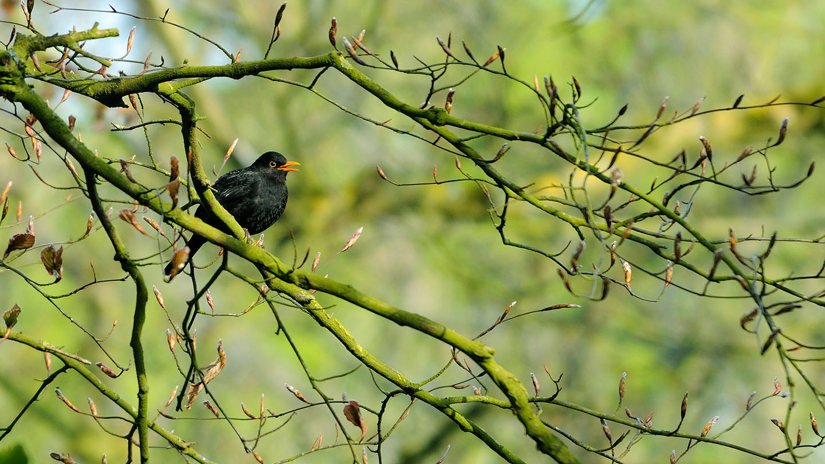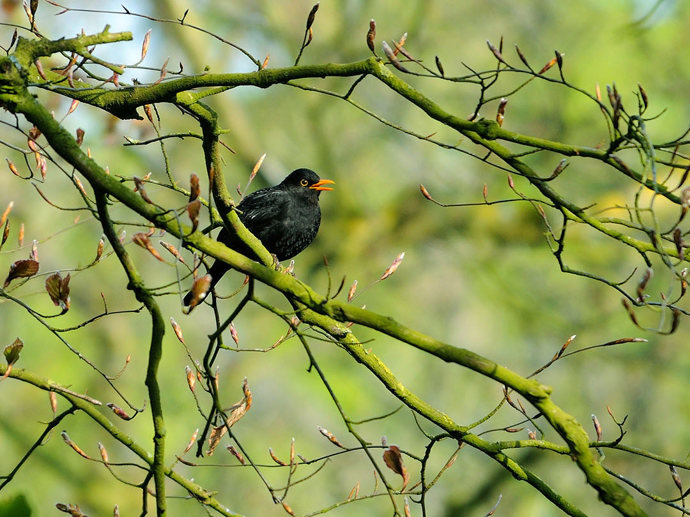Common name: whitethroat, common whitethroat
Scientific name: Sylvia communis
Family: Sylviidae
Habitat: scrub, farmland, wetland
Diet: insects and invertebrates, fruit
Predators: birds of prey, predatory mammals
Origin: native
A summer visitor with a scratchy song. Around one million of these birds head to the UK each year to breed.
Common name: whitethroat, common whitethroat
Scientific name: Sylvia communis
Family: Sylviidae
Habitat: scrub, farmland, wetland
Diet: insects and invertebrates, fruit
Predators: birds of prey, predatory mammals
Origin: native
As the name suggests, a clear white throat is the key distinguishing feature of this otherwise grey-brown bird. Males have a grey head and a more prominent throat patch than females, which have a brownish head.
Whitethroats are roughly the size of a great tit and have a long, flicking tail. Not to be confused with the lesser whitethroat, which is smaller, much less common and has dark cheek feathers.

Credit: John Bridges / WTML
Insects and invertebrates are the main food source for whitethroats. It will forage in low vegetation, snatching any bugs, beetles and other minibeasts it comes across. Berries and other soft fruit may also be taken if available.
Whitethroats typically live for just two years, but the oldest bird recorded in the UK was nearly eight years old.
A nest is constructed within the cover of bushes, shrubs and other lower vegetation. Typically, four to five eggs are laid between May and July. The chicks will hatch after around two weeks and first leave the nest after roughly 14 days.

Credit: John Bridges / WTML
Whitethroats are summer migrants to the UK, flying all the way from sub-Saharan Africa and Asia to breed here. The first birds tend to arrive in April, with the last leaving by early October.
It's possible that the behaviour of migratory birds like whitethroats is being affected by climate change. You can help us monitor this impact by recording when you first see a whitethroat on our Nature's Calendar website.
A drought in the western Sahel region of Africa in 1968 caused a 90% drop in the number of whitethroats breeding in the UK. Numbers are yet to fully recover from this crash according to the British Trust for Ornithology.
Whitethroats are typically found in open habitats with plenty of low vegetation like scrubs, bushes and brambles. They are common in hedgerows and may occasionally nest in woodland edges. The species occurs throughout the UK.

Credit: John Bridges / WTML
Look out for whitethroats in suitable habitat from mid-April onwards. Males often perch conspicuously on the top of a bush while singing. The song has a distinctive 'scratchy' sound.


External link
Record the comings and goings of key feathered friends and help scientists track the effects of climate change on wildlife.
Around 1.1 million pairs of whitethroats are thought to breed in the UK each summer. Numbers have been growing in recent decades, with a 30% rise estimated between 1995 and 2015.